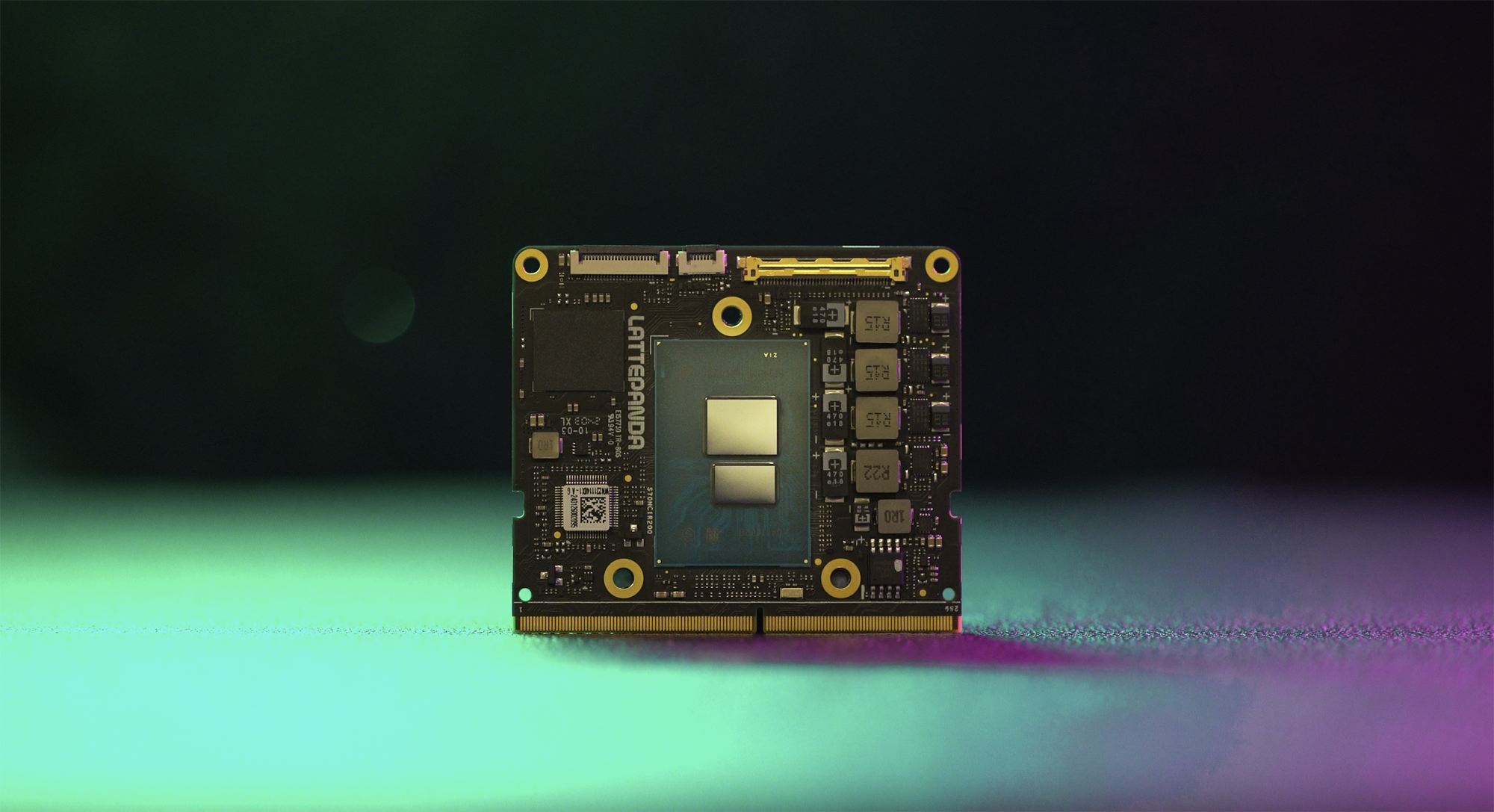
The team behind the LattePanda 3 Delta and the LattePanda Sigma has announced its latest x86 based single board computer (SBC). Rather than build another big board, the LattePanda Mu is a 60 x 69.6mm compute module, in a similar vein to the Raspberry Pi Compute Module. Don't let the tiny size fool you, as powering this board is the Intel N100, a processor that is making waves in the single board computer communities thanks to its low cost and high performance.
The form factor choice is interesting. Rather than have a big board with every connection necessary, LattePanda has taken a leaf from Raspberry Pi's book and has chosena DDR4 SODIMM 260P slot interface for use with carrier boards.
There will be two first party carrier boards, the LattePanda Mu Lite Carrier, which is available as part of a $190 kit ($149 for the first 100 customers) or for $39, and an $89 "Full-Function Evaluation Carrier Board" but LattePanda are also provide board designs and reference material in KiCAD format enabling makers to create their own carrier boards. That is a really enticing opportunity for makers.
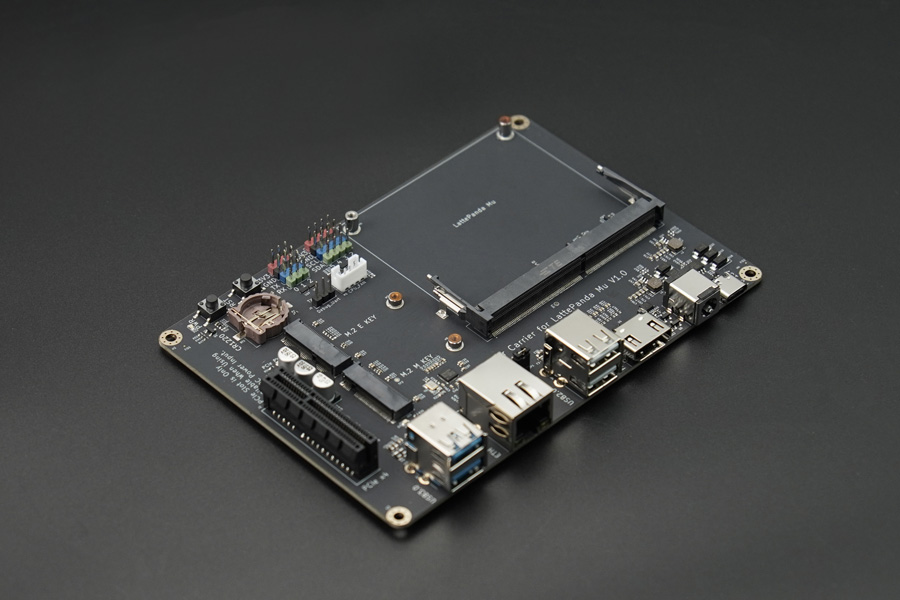
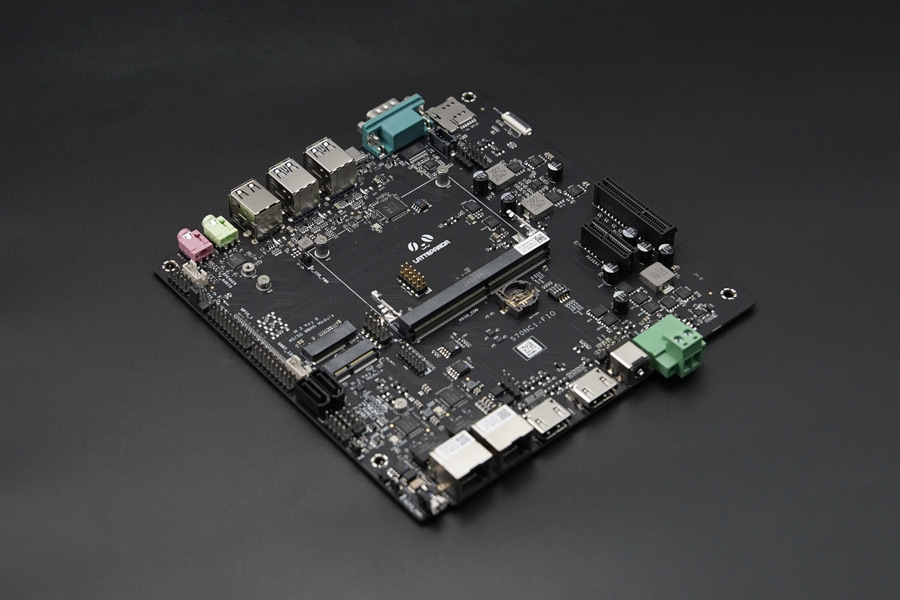
The two carrier boards are very different beasts. The Lite Carrier is 3.5 inches wide and has space for a PCIe 3.0 x4 slot, so your could get a GPU to work with it. Both comes with Ethernet, M.2 M-key for a 2230 PCIe 3.0 NVMe drive, and an M.2 E-key for Wi-Fi. The Lite carrier board is there to get you started, with just enough USB, Ethernet and HDMI ports to get your project started. The Full-Function Evaluation board is more of an ITX motherboard, and it brings the kitchen sink to your project. More USB ports, dual 2.5G Ethernet ports, USB 3 headers, SATA ports and additional means to power your projects. The $89 price tag reflects that this is the carrier board to get if you are building a serious project.
We've seen the Raspberry Pi community devise their own carrier boards based on the Compute Module 4. Ivan Kuleshov’s Compute Blade project springs to mind. That used the Raspberry Pi Compute Module 4 and brought Power over Ethernet, NVMe SSD and support for blade server racks to the Pi community. By providing the reference documents and KiCAD templates, LattePanda is providing a means from which a plethora of carrier boards can quickly be created.
The Intel N100 CPU, according to LattePanda's website, appears to be rather potent. We've yet to confirm these details but in Geekbench 6 tests, LattePanda claims that the LattePanda Mu is twice as powerful as the Raspberry Pi 5 for multi-core operations, and just under twice as powerful for single core.
We'll need to confirm this for ourselves, and also confirm the power budget. After all, a more powerful CPU needs more power to run, but could the N100 be the sweet spot between power and performance? We can't wait to find out.
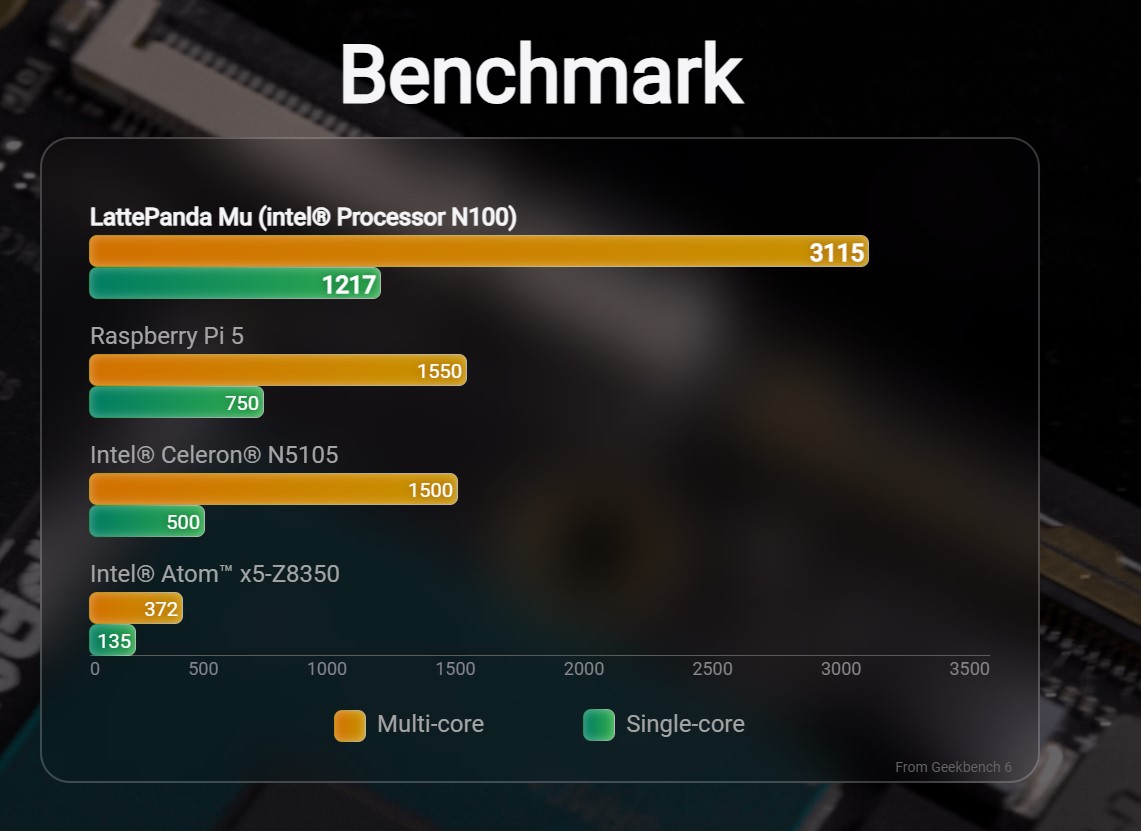
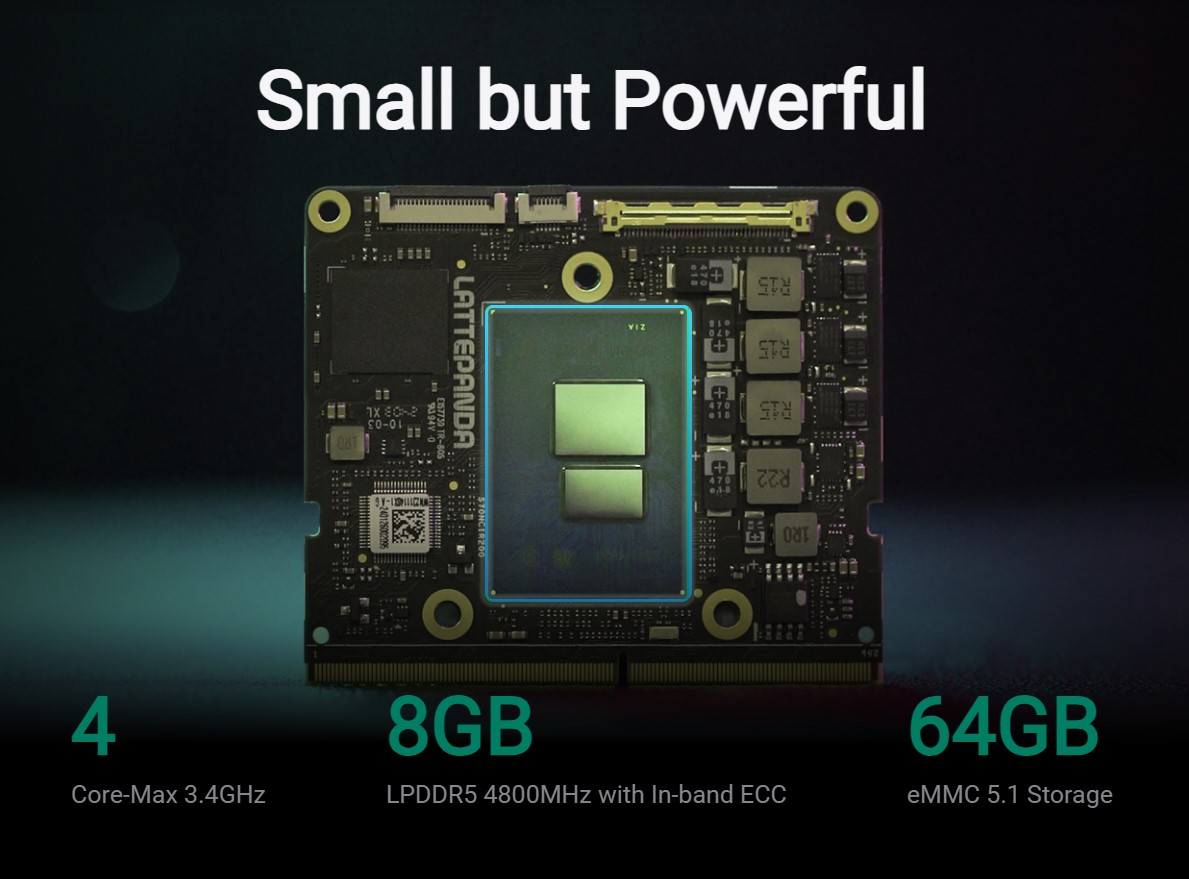
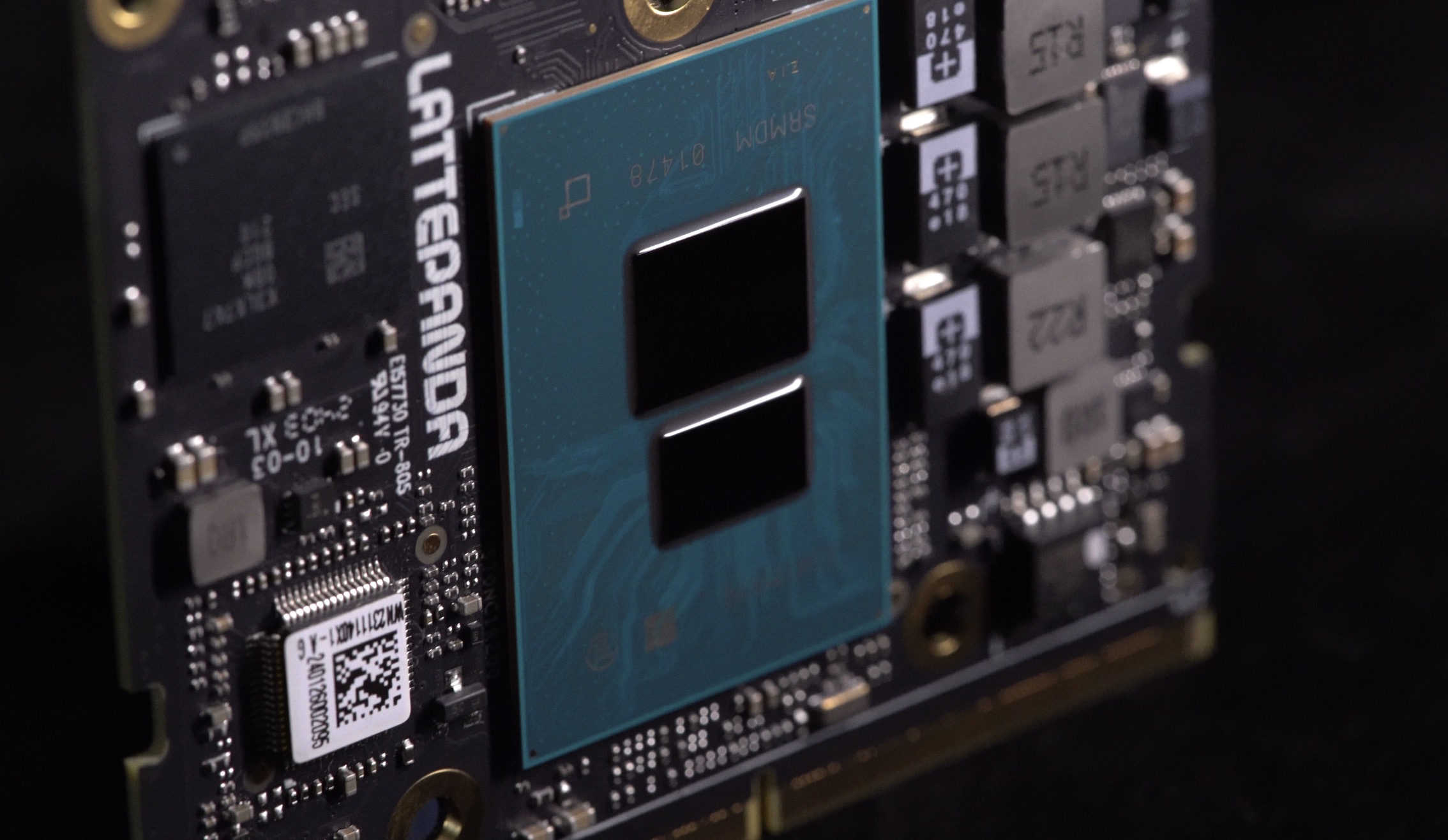
LattePanda Mu has an adjustable TDP between 6W and 35W. The Intel N100 is an Alder-Lake-N CPU and is based on Intel 7 lithography with a TDP of 6W. This means that there is plenty of headroom for powering external devices from your carrier board. The N100 also has Intel UHD graphics, with 24 execution units. It can support up to 4K at 60 Hz and the LattePanda Mu can support up to three external displays.
There is up to 64GB of eMMC storage up for grabs, this may not be the fastest storage, but it doesn't have to be for most users. If we need faster storage we can use a PCIe 3.0 based storage solution. We can't see any micro SD card support on the module itself, most likely this will be broken out to a carrier board.
With up to nine PCIe 3.0 lanes, you could add an external GPU to your own custom LattePanda Mu build. With only 8GB of RAM you'll not be able to play the latest triple-A games, but older games and challenging retro consoles (PSP, N64, PS2) should run pretty well in a small form factor.
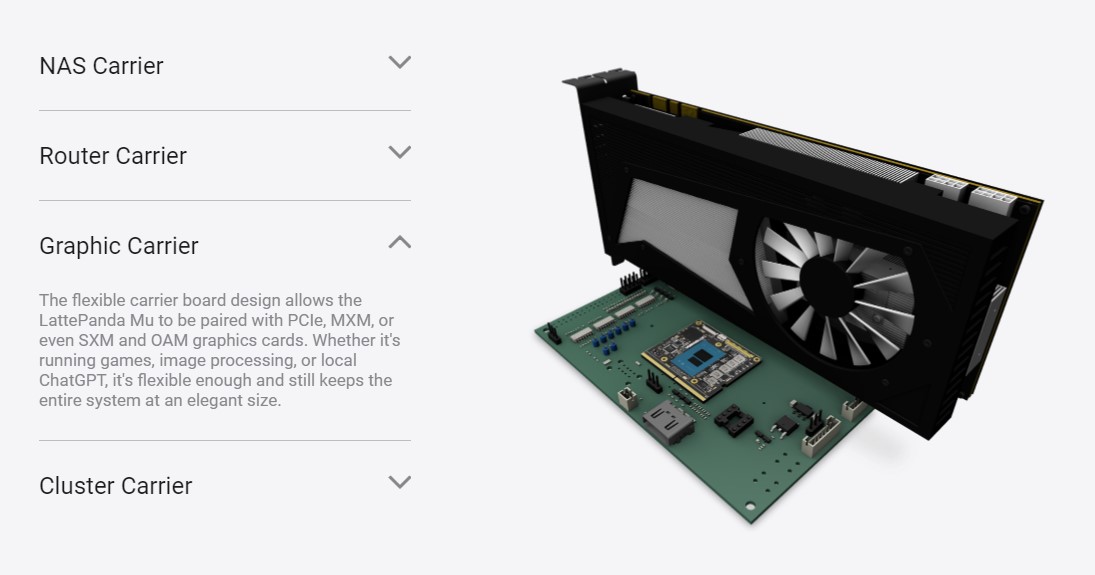
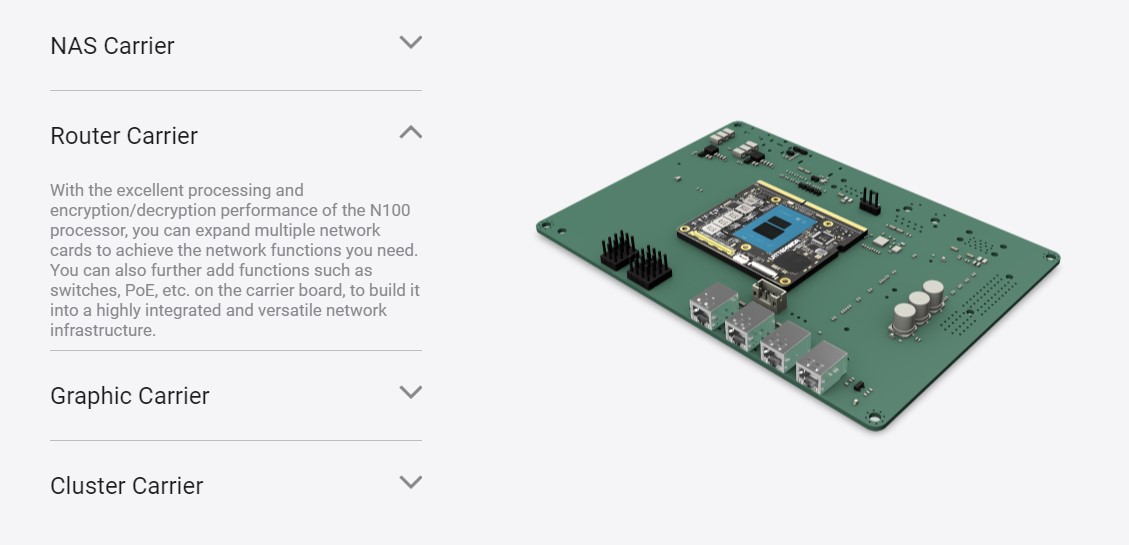
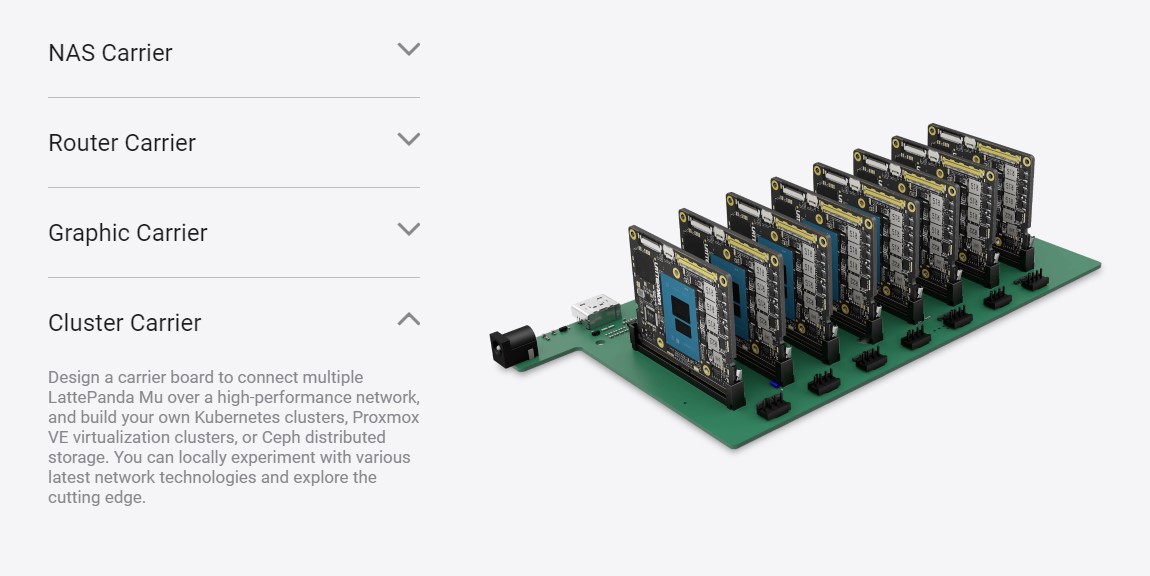
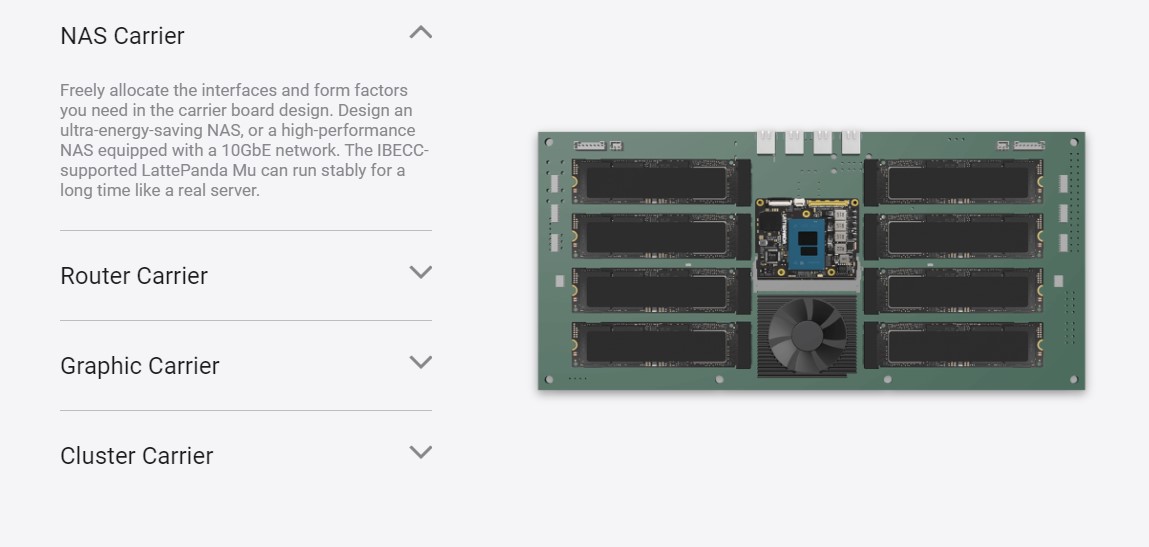
The LattePanda Mu is a Swiss Army knife of a board, it isn't locked into being "just another SBC" and this is largely down to carrier board approach. With the appropriate carrier board the LattePanda Mu can be router, NAS, robot, desktop computer or a retro gaming rig.
We've got a unit coming to us for a full review, and we are very interested in how the LattePanda Mu performs against the Raspberry Pi 5. Units start from $139 for just a LattePanda Mu, reduced to $99 for one week. You'll need a carrier board and cooling kit to get started so the $190 (reduced to $149 for the first 100 customers) will be the best way to get started.







